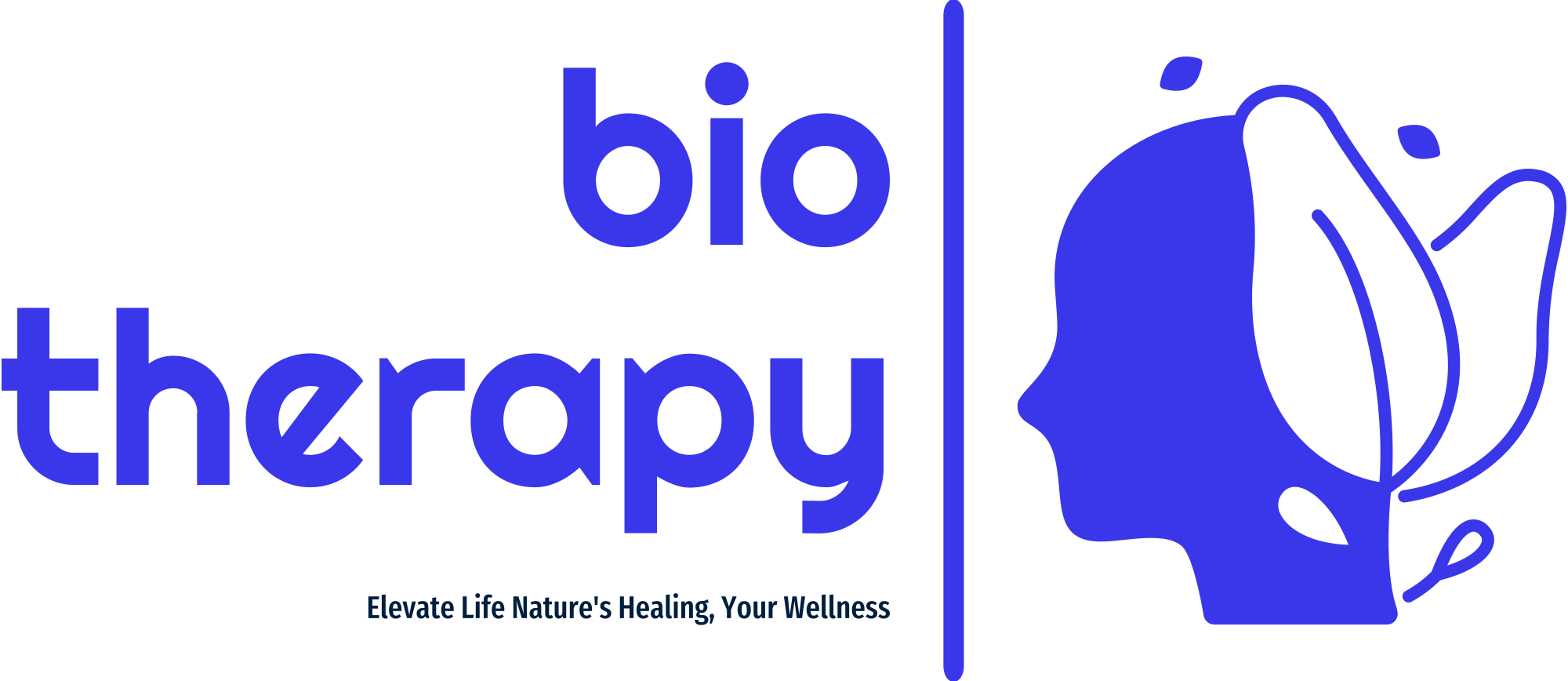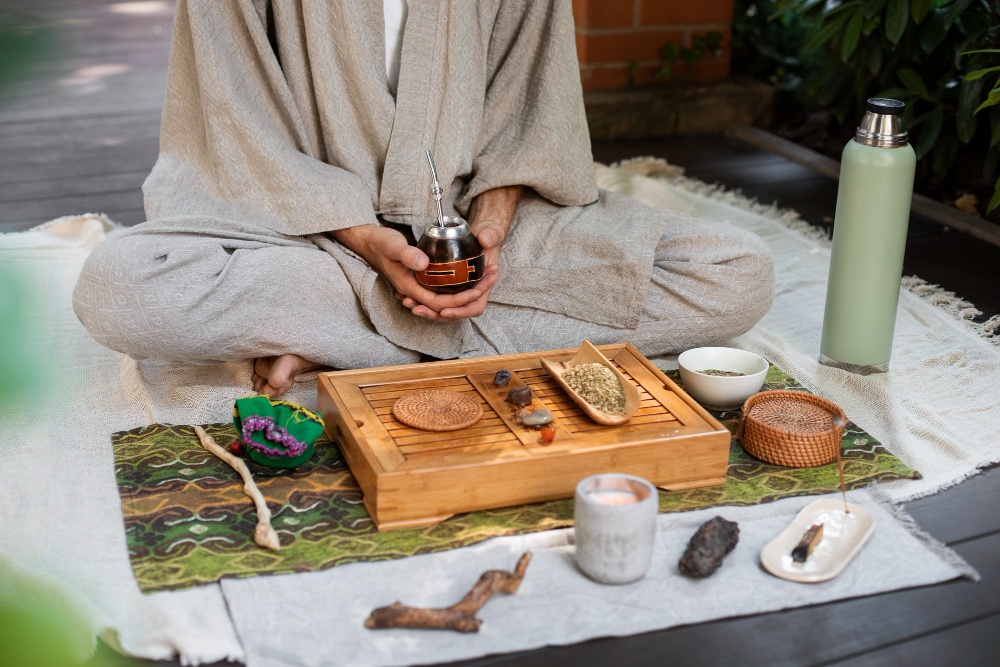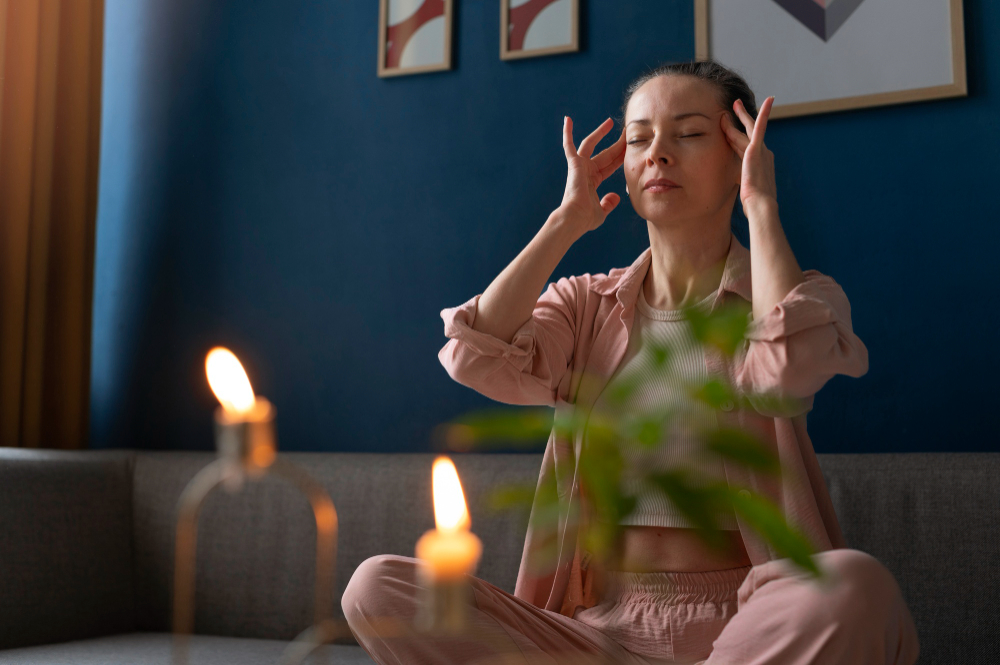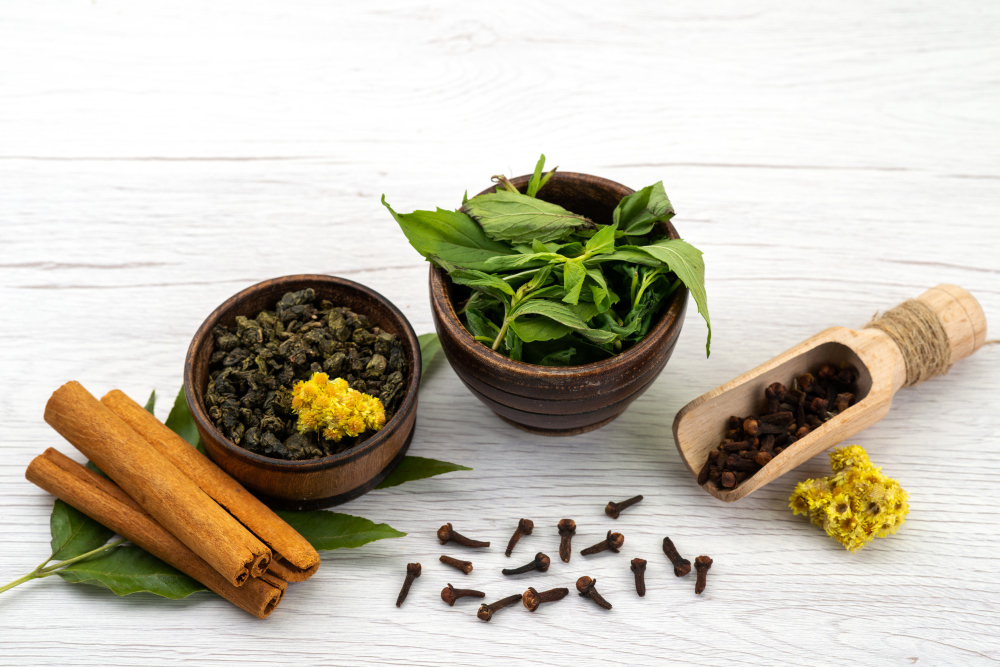
In today's fast-paced world, people are increasingly turning to alternative therapies to manage their health and well-being. Acupuncture and reflexology are two such therapies that have gained popularity for their holistic approach to healing. This comprehensive guide will explore the fascinating world of acupuncture and reflexology, shedding light on their history, techniques, benefits, and differences.
What Is Acupuncture?
Acupuncture is an ancient healing practice that originated in China more than 2,000 years ago. It involves inserting thin, sterile needles into specific points on the body. These points, known as acupoints, correspond to energy pathways, or meridians. Acupuncture is based on the concept that vital energy, or Qi, flows through these meridians. By stimulating acupoints, practitioners aim to restore the balance of Qi within the body.
The History of Acupuncture
The history of acupuncture is rich and steeped in tradition. It was first documented in the Huangdi Neijing (Yellow Emperor's Inner Canon), an ancient Chinese medical text. Over the centuries, acupuncture spread to other parts of Asia and eventually the world. Today, it's practiced and recognized as an effective therapy for various health conditions.
How Does Acupuncture Work?
Acupuncture works by promoting the body's natural healing mechanisms. When the needles are inserted into acupoints, they stimulate nerves, muscles, and connective tissue. This stimulation triggers the release of endorphins, the body's natural painkillers. Additionally, acupuncture helps improve blood circulation and can influence various systems within the body, including the nervous and immune systems.
Benefits of Acupuncture
Acupuncture offers a wide range of benefits, including pain relief, stress reduction, improved sleep, and enhanced immune function. It is often used to treat conditions such as chronic pain, migraines, and even addiction. Many individuals turn to acupuncture for its holistic approach to healing and its ability to address both physical and emotional issues.
Common Acupuncture Techniques
Some common acupuncture techniques include traditional acupuncture, electroacupuncture, and auricular acupuncture. Each of these methods may be employed based on the patient's condition and the practitioner's expertise.
What Is Reflexology?
Reflexology is another alternative therapy that focuses on the feet and hands. It is based on the principle that specific reflex points on these extremities correspond to various organs and systems in the body. By applying pressure and massage to these reflex points, reflexologists aim to promote healing and balance throughout the body.
The History of Reflexology
Reflexology has a history that dates back thousands of years, with roots in ancient Egypt, China, and India. The modern practice of reflexology was developed in the early 20th century and has since gained recognition as a complementary therapy.
How Does Reflexology Work?
Reflexology works by stimulating the nerve endings in the feet and hands, which are connected to the corresponding parts of the body. This stimulation promotes relaxation, improves circulation, and helps release tension. It is believed to help the body achieve a state of equilibrium and enhance overall well-being.
Benefits of Reflexology
Reflexology is known for its ability to reduce stress, relieve pain, improve digestion, and enhance sleep quality. It is often sought after for its relaxing and rejuvenating effects, making it a popular choice for those looking to de-stress and improve their overall health.
Common Reflexology Techniques
The most common techniques in reflexology include the thumb-walking technique, finger-walking technique, and rotation technique. Reflexologists use these methods to apply precise pressure to specific reflex points.
Differences Between Acupuncture and Reflexology
While both acupuncture and reflexology are holistic therapies that promote healing, they differ in their approaches and techniques. Acupuncture uses needles to stimulate acupoints on the body, while reflexology focuses on applying pressure to reflex points on the feet and hands. The choice between the two depends on individual preferences and the conditions being treated.
Conditions Treated by Acupuncture
Acupuncture is used to address a wide range of conditions, including pain management, fertility issues, anxiety, and more. It has gained recognition in Western medicine as an effective complementary therapy for various health concerns.
Conditions Treated by Reflexology
Reflexology is often sought after for issues like headaches, digestive problems, and stress-related ailments. It is a gentle therapy that can be used alongside other treatments to enhance overall well-being.
Choosing Between Acupuncture and Reflexology
Choosing between acupuncture and reflexology depends on your specific needs and preferences. Consider consulting with a qualified practitioner to determine which therapy is best suited for your health goals. Both acupuncture and reflexology offer natural and non-invasive approaches to healing.
Conclusion
Acupuncture and reflexology are holistic therapies that provide unique approaches to healing and well-being. Whether you opt for the precise needling of acupuncture or the soothing pressure of reflexology, both therapies have a place in the realm of alternative medicine. By understanding their history, techniques, benefits, and differences, you can make an informed choice to enhance your health and vitality.
FAQs
1. Are acupuncture and reflexology painful?
- Acupuncture may cause a mild sensation or tingling at the needle insertion points, but it is generally not painful. Reflexology should be a relaxing experience and should not be painful.
2. How many sessions of acupuncture or reflexology are typically needed?
- The number of sessions required varies depending on the condition being treated. Acupuncture may require multiple sessions, while reflexology can often provide immediate relief.
3. Can I combine acupuncture and reflexology for better results?
- Yes, many people combine both therapies to address a range of health concerns. They complement each other well.
4. Are there any side effects associated with acupuncture or reflexology?
- Side effects are generally minimal. For acupuncture, some people may experience mild bruising at the needle insertion points. Reflexology typically has no adverse side effects.
5. How do I find a qualified acupuncture or reflexology practitioner?
- Look for practitioners who are licensed, certified, and have a good reputation. Recommendations from friends or healthcare professionals can also be helpful.
Enhance your well-being and explore the world of acupuncture and reflexology. These natural therapies offer a path to better health and relaxation, all without the need for invasive procedures or medications.
